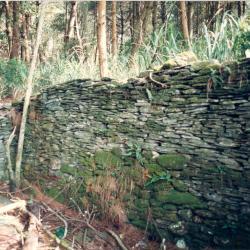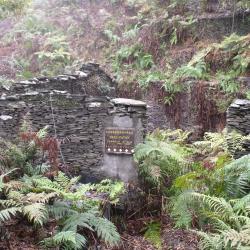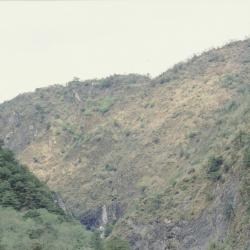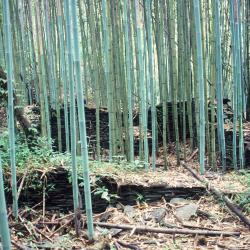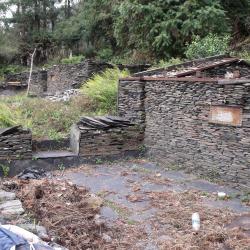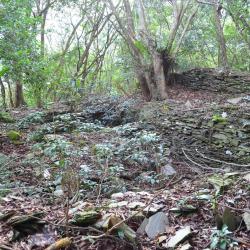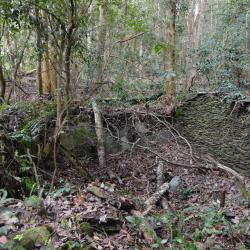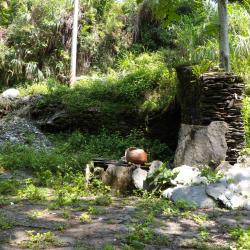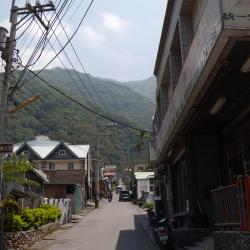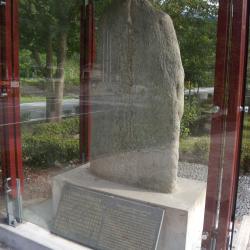Danda Hamlet is located on the flat river terrace near the confluence of the Danda River on the east and west in Xinyi Township, Nantou County, about 1,250 meters above sea level.
It used to be the administrative center of the Bunun from the Danshe group during the Japanese occupation, and the Government-General in Taiwan once set up a police post and education center there. Later, many tribal people were infected with influenza, resulting in the death toll of up to 70 people.
Today, the former site of Danda Hamlet can be reached by going down the afforestation road near the sixth checkpoint on Danda Forest Road, and passing by Tielusang Hamlet and the Danda Suspension Bridge. However, since the suspension bridge has not been maintained over the years, it is required to cross Danda River and re-connect to the path leading to Danda Hamlet. Currently there are still more than 10 slate houses in the ruins.
